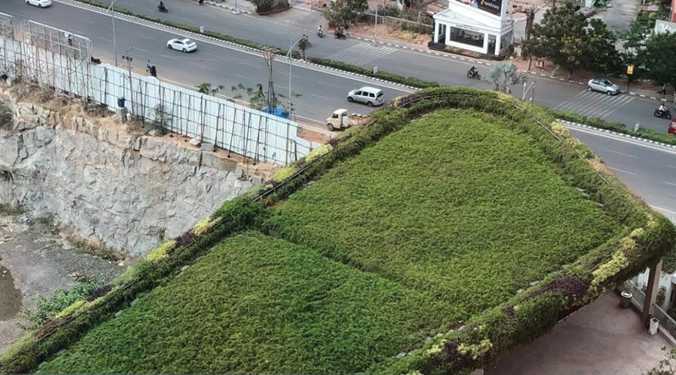Design orientation and key materials will continue to make a project green and sustainable

The dual global issues of climate change and the pandemic has led to a rise in awareness and acceptance of sustainable materials and designs in all sectors, including construction. Governments and corporations across the world have begun to prioritize sustainability, resulting in a greater emphasis on green and sustainable construction. This has led to the creation of structures that are more inclined towards sustainability or adopt green practices with recent advances in design, technology, materials, and construction practices. The materials used to construct a building is a crucial process – irrespective of whether it’s regular or sustainable. These materials have now gone beyond the concrete, steel
and wood scenario to include innovative options suitable to meet the demand for sustainable buildings. Let’s look at the list of existing and future materials that will play an
important role in making a project green and sustainable:

Concrete
As one of the most widely-used building materials, concrete generates the least amount of waste that can be made and used in the exact quantities needed to construct a building. Likewise, once a concrete building or structure is no longer required, it can be recycled into aggregate that can be used to lay concrete pavement or provide an underlying base for roads.
Steel
Among the existing materials, steel is considered to be one of the most sustainable products. Apart from being a sturdy structural material for construction, it has an infinite life
cycle potential, reducing waste while conserving energy and natural resources
Cookie Consent
We use cookies to personalize your experience. By continuing to visit this website you agree to our Terms & Conditions, Privacy Policy and Cookie Policy.









